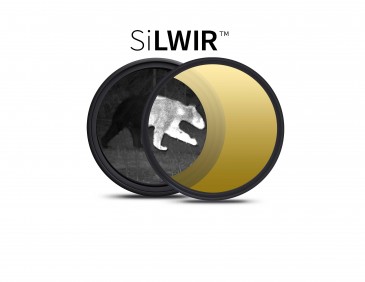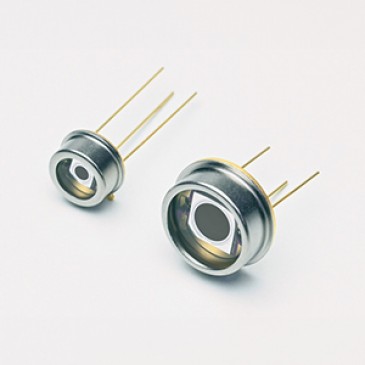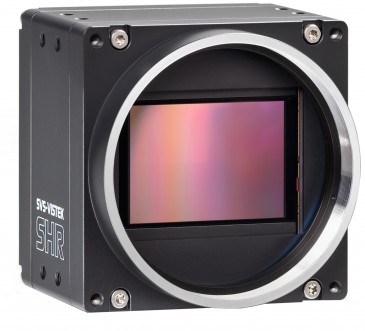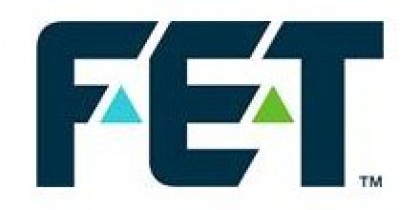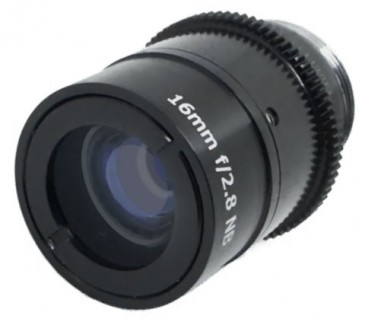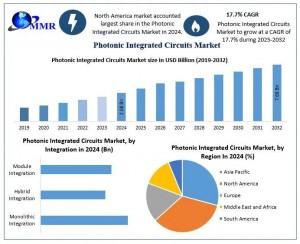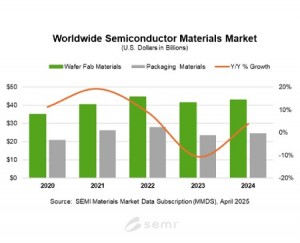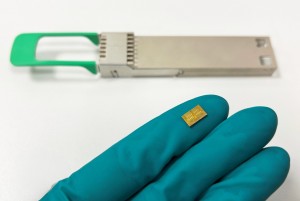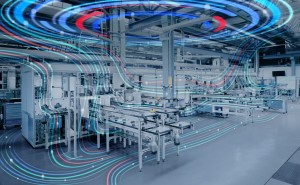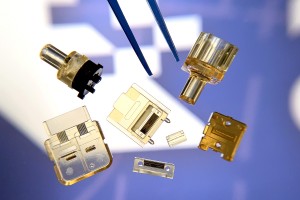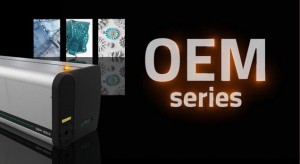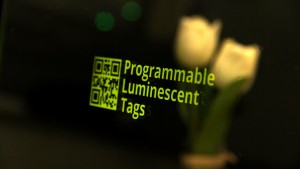
Researchers at Technische Universität Dresden (TU Dresden), Germany, have developed a new method for storing information by introducing organic luminescent molecules into transparent plastic foils, thinner than a human hair.
Writing and erasing information using light — no contact
Professor Sebastian Reineke, who led the team of physicists at TU Dresden, explains why the new method is actually very simple: “The contrast to generate two-dimensional patterns — QR codes being one of many examples — originates in the ability of the organic molecules to show phosphorescence, i.e., emission from their triplet state, at room temperature. This and the interaction of these triplet states allow us to switch areas locally. If molecular oxygen is close to the emitters, the phosphorescence is turned off — or quenched. If there is no oxygen, then the phosphorescence can be seen. Oxygen can be consumed in a photochemical reaction under UV illumination, while oxygen resupply happens through controlled oxygen diffusion through a barrier coating. Thus, in the end, it only needs either UV or IR light to switch between the two states, allowing us to program images with high resolution into a polymer film.”
The new method presents a way of writing and erasing information that is truly contactless, only using light — a feat that had previously not been achieved. What is more, labels can be completely hidden until made visible with light. “Our systems simply represent an advanced version of current barcodes and QR codes that allow for interaction, i.e., modification,” says Reineke. Key applications for this new kind of light technology can be the remote information storage, used in scenarios such as product tracking, process control and logistics in general.
Simple — yet an exciting first
“What is most exciting about this result is that, after all, it is so simple yet has not been realized before,” the professor says, adding that the remarkable research advance could be ranked as breakthrough based on an accidental lab observation, out of curiosity. At the time, Reineke and his team simply intended to investigate oxygen barrier materials, on the quest for a way to keep out molecular oxygen. “In the end, it turned out that its control would allow for this programmable luminescent tag technology,” the researcher notes. “Thus, it encourages me, and hopefully many others, to stay curious and to try out things, where the result is not obvious.”
Reineke says it is difficult to project at this point what the potential impact of his team’s innovation will be on the development of future light-based technologies. “But clearly, this system offers advanced properties — programmable passive information storage — while at the same time being very conservative with resources.” There are no electronics required at the place of the information, which opens the door to developments that are less electronics-heavy, as many of the current Internet-of-Things (IoT) concepts are. The professor points out that the latter often need electronics, power and interfacing.
Next step
Reineke says he and his colleagues still have to work out many aspects to further advance this novel concept of programmable transparent organic luminescent tags, many of them related to material development and optimization of the process steps. “Clearly, what we will do in the next months is the investigation of limits of this technology,” he says. “What is the longest retention time of the information? How many cycles can there be? These kind of things.”
The research is detailed in the article “Programmable transparent organic luminescent tags,” published in the online journal Science Advances.
Written by Sandra Henderson, Research Editor, Novus Light Technologies Today


























 Back to Features
Back to Features